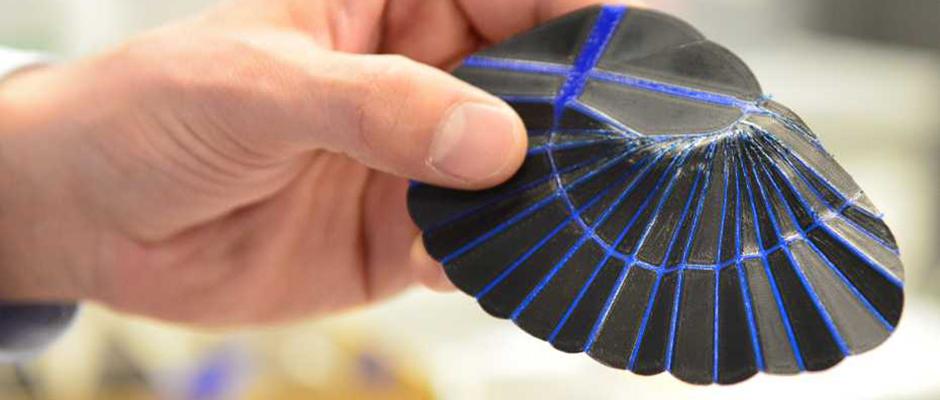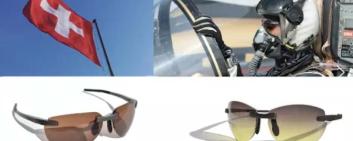Origami is the art of folding a sheet of paper into complex shapes, but it can also be found in nature. The wing of an earwig, for example, expands 10 times larger when open than when closed.
Thanks to the large wing area, the insect can fly, while the retracted wing enables the creature to tunnel underground without damaging itself. Furthermore, the wing needs no muscle power to stabilize or fold itself.
Researchers at the Federal Institute of Technology in Zurich (ETH) and Purdue University have now developed an artificial structure that works to the same principle.
They first performed a computer simulation of the wing’s function and found that it has elastic folds which can operate either as an extensional or rotational spring.
The researchers then transferred these findings to a multi-material 3D printer and manufactured both stiff and elastic plastic components, programming the spring functions of the connecting folds into the material to enable it to perform extensional or rotational movements like the biological model
Like the insect’s wing, the prototype is stable when open, but folds together automatically on even the lightest touch.
There are numerous potential applications for these 3D printed objects, explained the ETH in a statement. They could be used in foldable electronics or as solar sails for satellites or space probes that could be transported into a very small space and then unfurled.
The researchers can also imagine foldable tents, maps or package inserts as potential fields of application.







